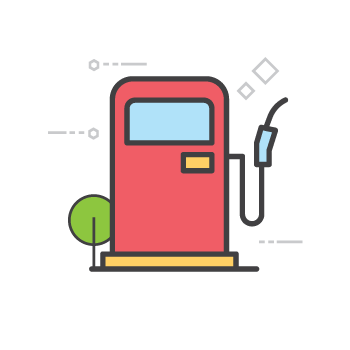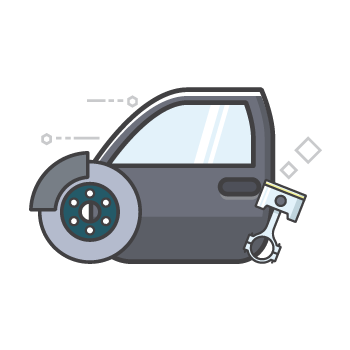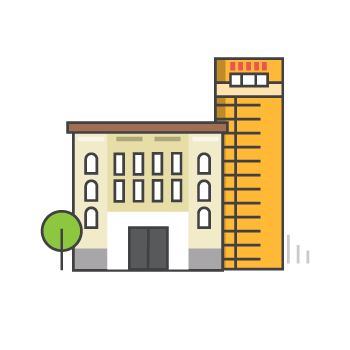Earthquake Preparedness: What to Do After
by Stephanie Koathes Mar 26, 2018
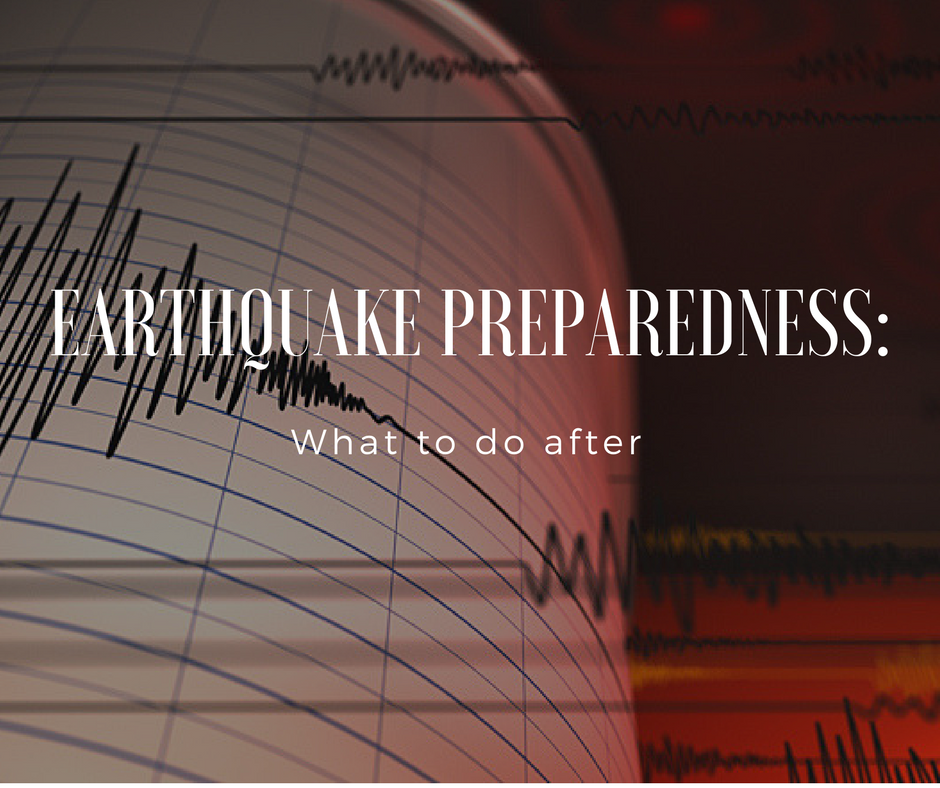
An earthquake is a scary experience. Once the shaking is over, you must still be careful with what you do and how you do it.
Here is some useful advice on what do in the aftermath of an earthquake.
- Assess yourself for injuries and get first aid treatment before helping others.
- Wait till the shaking stops before attempting to leave a building. If the building is damaged and you have a clear path out, leave the building and go to an open space away from damaged areas.
- If you area near the coast beware of possible tsunamis. When the shaking stops, move inland and to higher ground as quickly as possible. In hilly areas be aware of potential landslides and rock falls.
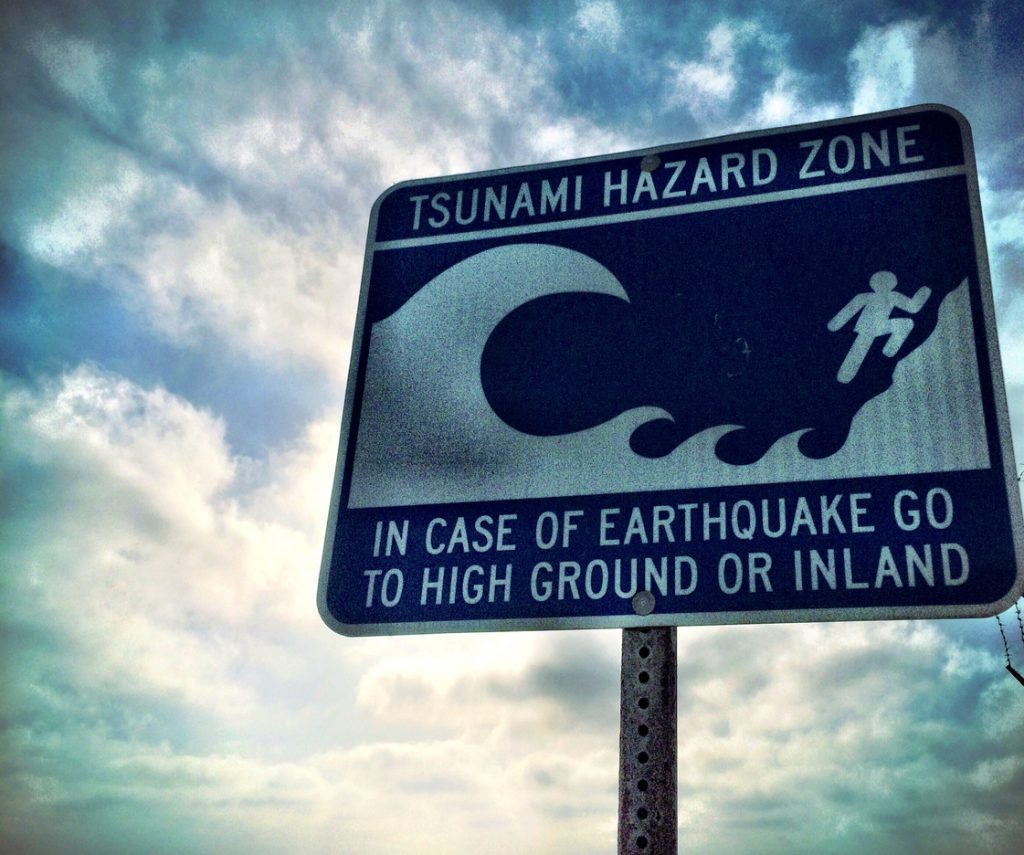
- Aftershocks often occur minutes following an earthquake, when you feel one drop, cover your head and neck and hold on wherever you are. Aftershocks, particularly following a big earthquake, can cause a lot of damage.
- Stay off the phone unless there is a serious injury. Rescue workers will need all available lines. If the receiver is off the hook, replace it.
- If you are trapped try not limit your movements and not to kick up dust. Use your cell phone if you have it, to call or text for help. Tap on a pipe or wall so that rescuers can locate you.
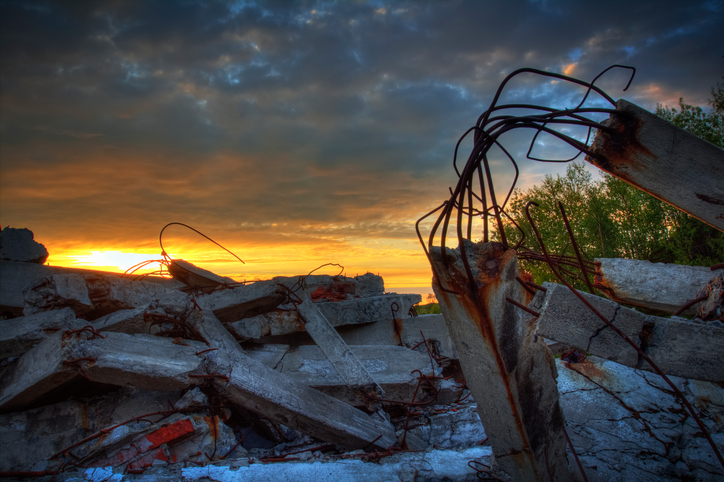
- Check stairs carefully before using them because they may have been weakened by the earthquake.
- Do not light matches or candles. There may be gas leaks or spilled flammable products that you’re unaware of. Look for and extinguish small fires.
- If you smell gas or suspect that gas lines might be broken, immediately disconnect the cylinder if possible.
- Look for cracks in the walls of your home, in verandas and sidewalks and shifted posts or pillars. Anything other than minor cracks means that you should leave the building and wait until it’s been professionally evaluated for safety before re-entering.
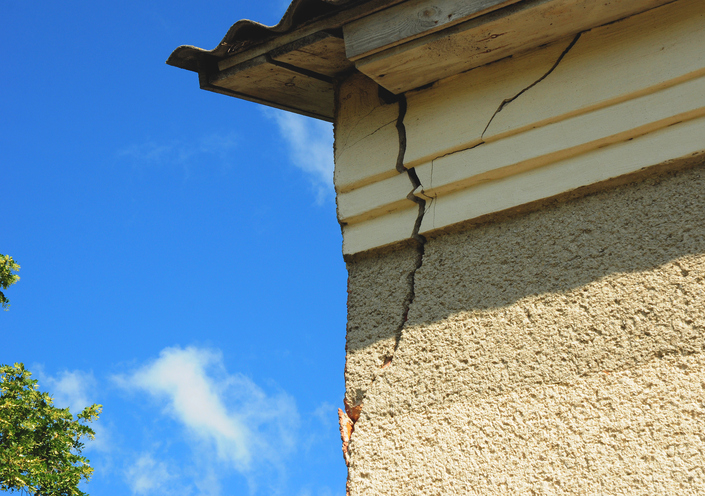
- If you are in your car, or somewhere other than home, don’t give into the temptation to go home. Stay where you are for a while and wait for aftershocks and information on the radio.
- You should only drive if you are away from tall buildings, bridges and poles. Driving should only be to get to safety or to render assistance. The roads should be kept open for emergency vehicles. (Valium)
Sources: Ready, Red Cross, ODPEM



